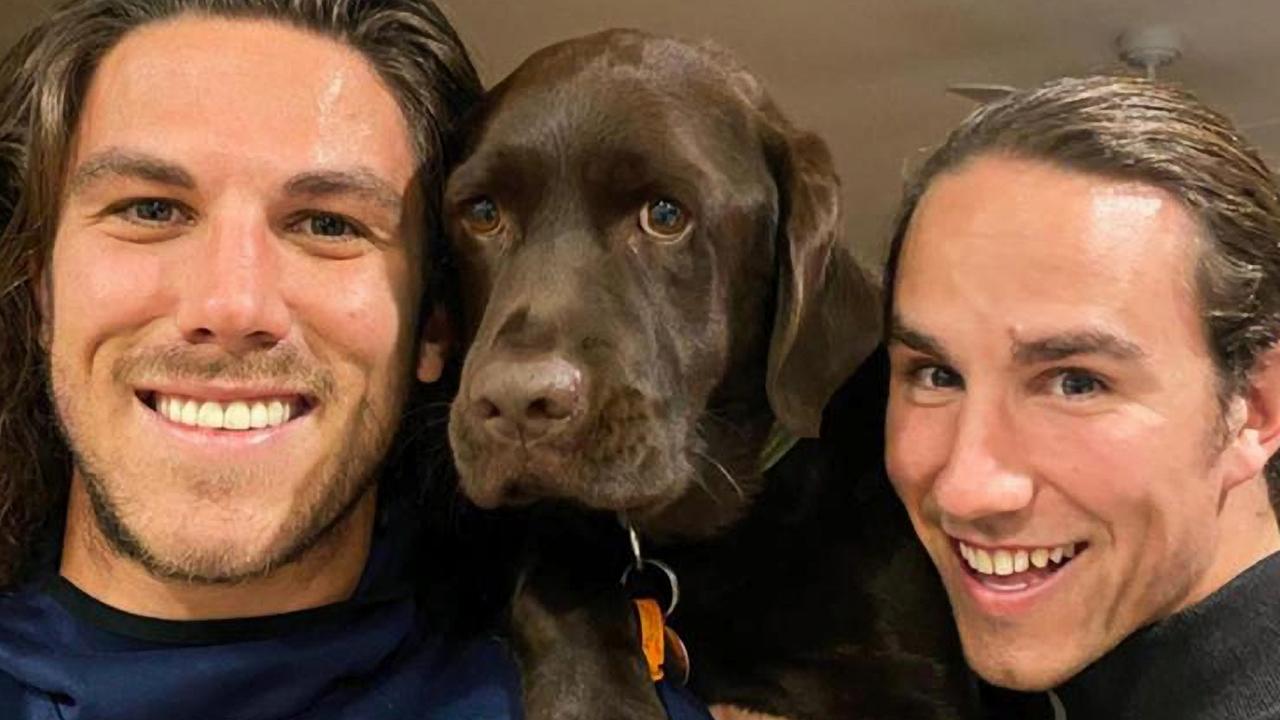Dangerous hot spots for Aussie tourists
Australians going on a trip to the action-packed Americas have plenty of different adventures to choose from. But before getting on the plane, there are safety risks you need to be aware of.
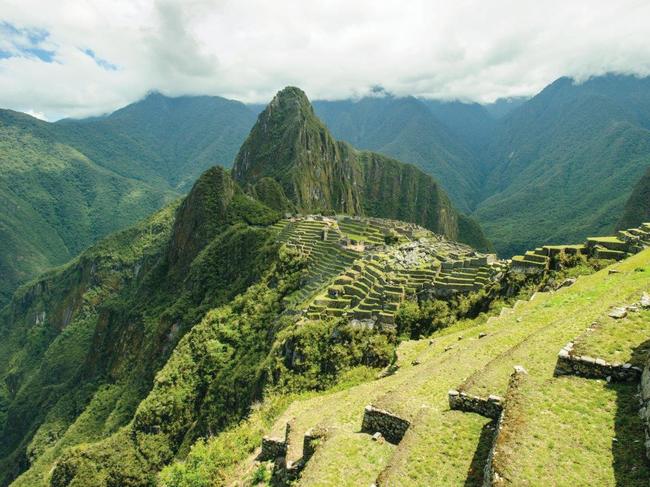
Crime in Focus
Don't miss out on the headlines from Crime in Focus. Followed categories will be added to My News.
Australians going on a trip to the Americas – whether North, South or Central America – have plenty of different adventures and experiences to choose from.
But before getting on the plane to the US, Canada, Mexico or South America, authorities have some important advice that you should consider when it comes to personal safety and security.
United States
The recent tragic shooting deaths in the US of Australians including Justine Ruszczyk Damond and Brenton Estorffe, combined with regular reports of mass gun violence in schools and elsewhere and memories of 9/11, may leave some Aussies wondering about how safe it is to visit the US.
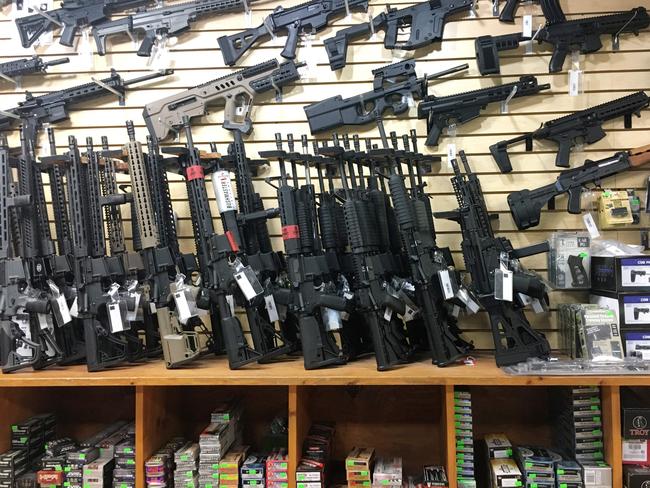
Yet while DFAT’s official travel warning overview notes the US is a more violent society than Australia, it is rare for that violence to touch tourists.
“The US has a higher level of violent crime than Australia but violent crime rarely involves tourists,” DFAT notes on smarttraveller.gov.au.
“Gun crime is possible throughout the US. It is legal in many states for US citizens to openly carry firearms in public. The US has a heightened risk of terrorist attacks. Terrorists may use vehicles, knives, homemade bombs, and poisons or toxins. Be alert, particularly in public places and at events.”
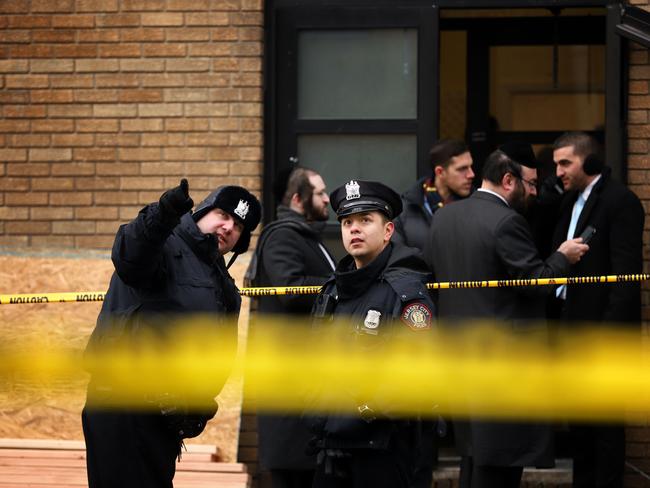
According to DFAT, the US reports that it is the second-most popular country for Australian tourists (more than 1.3 million a year).
DFAT assigns the US an official advice level of 1 (the safest level, the highest being 4), urging travellers to “exercise normal safety precautions”. Travelsafe-abroad.com – a website produced by travel writers and “full-time travellers” – gives the US 68/100 as a safe place to visit (100 is the safest and Australia by comparison gets an 86).
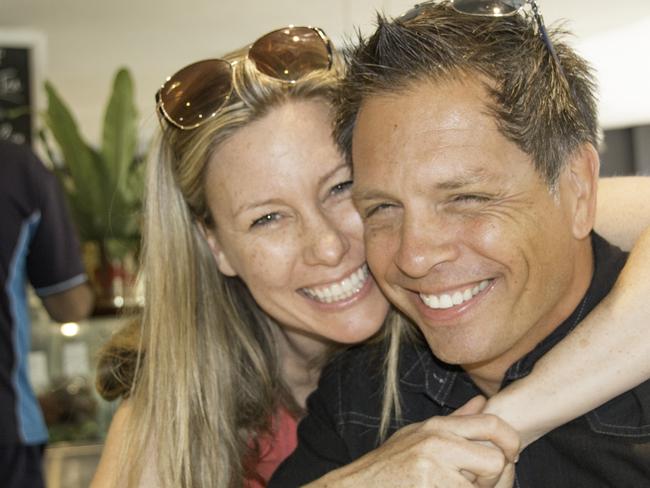
One concern for travellers to the US can be the cost of health care if you are sick or injured.
“The standard of medical facilities and care is similar to Australia, but medical costs are high,” DFAT warns. “A visit to a doctor for a minor issue can cost hundreds of dollars, not including tests or medication costs.
“You may need to show proof of insurance or your ability to pay before receiving treatment. If you don’t have proof, you’ll usually be asked to pay upfront.”
Canada
Nearly 400,000 Australians are reported to visit Canada each year.
Like the US, Canada is assigned a level 1 official safety advice level by DFAT (level 4 is the highest level, which means the location is too dangerous for travel).
The crime rate in Canada is similar to Australia and travellers are warned that petty crime like pickpocketing can happen at tourist spots and hotels and on public transport. Theft from unattended cars is common in larger cities.
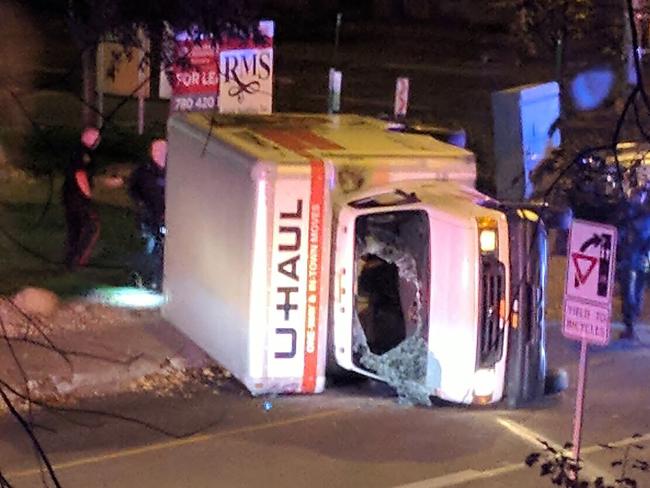
DFAT says Canada has experienced “isolated terror attacks”.
If you’re planning on hiking or getting out into the great outdoors, remember that bears and other dangerous wildlife live in forested areas. Use professional tour operators and follow park regulations and wardens’ advice to avoid getting yourself lost or winding up in a dangerous area.
Travelsafe-abroad.com gives Canada a very 88/100 for being a safe place to travel.
Mexico
More than 80,000 Australians visit Mexican hot spots like Cancun and Cabo each year. While DFAT says most visits are trouble-free, it has assigned a level 2 safety rating for Mexico, “exercise a high degree of caution”.
Travelsafe-abroad.com gives Mexico 46/100 for safety.
At DFAT’s level 2, there are higher risks than what you would typically find in a large Australian city.

“We’re not saying ‘don’t go’ to this location,” DFAT says, “but you should do your research and take extra precautions. The level may reflect a weak law and order system where violent crime is common and the destination may lack … a responsive police force.”
DFAT warns that Mexico has a high risk of violent crime, especially after dark. Murder, armed robbery, sexual assault and kidnapping are risks, and these crimes can occur at tourist spots and resorts. Criminals will pose as police officers and even drive fake police cars, while gangs have attacked travellers after they’ve changed money at airports.
Violent carjackings have increased, with the northern borders and along the Pacific coast being high-risk areas. Organised crime groups have targeted large camper vans and SUVs travelling in and out of the United States.
Spiking of food and drink is also a danger in Mexico, while pickpocketing and bag-snatching are common.
DFAT says violent crimes related to the drug trade are widespread in Mexico. Shootouts, grenade attacks and car bombings have occurred in public places.
DFAT has issued a specific warning to “reconsider your need to travel” to Michoacán (except Morelia and Lázaro Cardenas and the Monarch butterfly reserves); Guerrero State, including Acapulco; Tamaulipas State; Sierra Madre Occidental Mountains in southern Chihuahua, northeastern Sinaloa State, north-western Durango State and south-eastern Sonora State, except for the Chihuahua-Pacific Railway.
Organised crime, volatile security situations, high levels of crime including kidnapping and extortion and high levels of violent crime and lawlessness can be expected in these areas.
DFAT says the once popular resort area of Acapulco should be avoided “due to the very high levels of violent crime and the volatile security situation.”
SOUTH AMERICA
Argentina
Just over 50,000 Australians visited Argentina in 2017 and DFAT says tourists should “exercise normal safety precautions”. Travelsafe-abroad.com gives Argentina 70/100 for being safe to visit.
Petty crime, such as robbery and bag snatching, is common. Take care on public transport and in tourist areas.
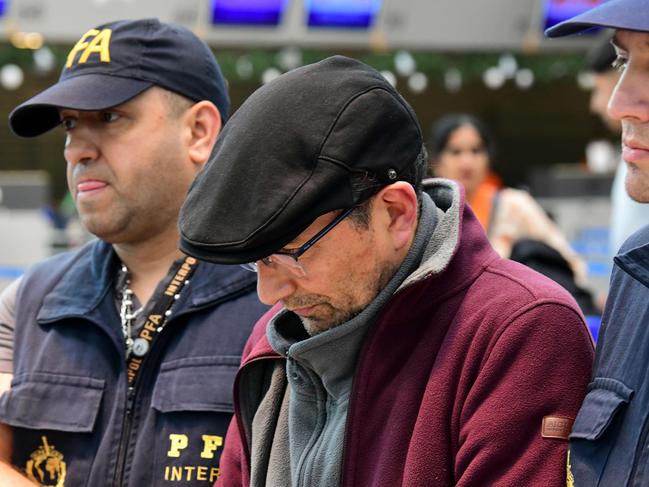
Violent crimes are common in the tourist areas of Buenos Aires, Rosario and Mendoza. These include armed robbery and express kidnapping. Only use ATMs in banks and shopping centres. If you’re held up, don’t resist.
Thieves often target cars stopped at traffic lights. Crime also occurs in taxis. Use only ‘radio taxis’. Keep doors and windows locked when driving.
Protests are common, especially in major cities. These can turn violent. In Buenos Aires, protests often occur in Plaza De Mayo and Congreso. Avoid large public gatherings.
Insect-borne diseases are common in the north of Argentina. These include dengue and chikungunya. Ensure your accommodation is insect-proof and use insect repellent.
Zika virus occurs in some regions.
Parts of Argentina are at high altitudes. You can develop altitude sickness above 2500m. If you’re travelling to these areas, consult your doctor before you leave. Ensure your travel insurance covers mountain rescue.
Chile
About 50,000 visited Chile in 2017, most taking advantage of non-stop flights from Sydney and Melbourne and using Chile as an entry point to see other parts of the continent.
DFAT says Aussie visitors should exercise a high degree of caution (level 2), and be particularly cautious near violent protest areas in Las Condes, Providencia and Vitacura where the Australian and other embassies are located. Avoid Plaza Baquedano/Plaza Italia in central Santiago, and the centre of Valparaiso. Travelsafe-abroad.com gives Chile 79/100 for travel safety.
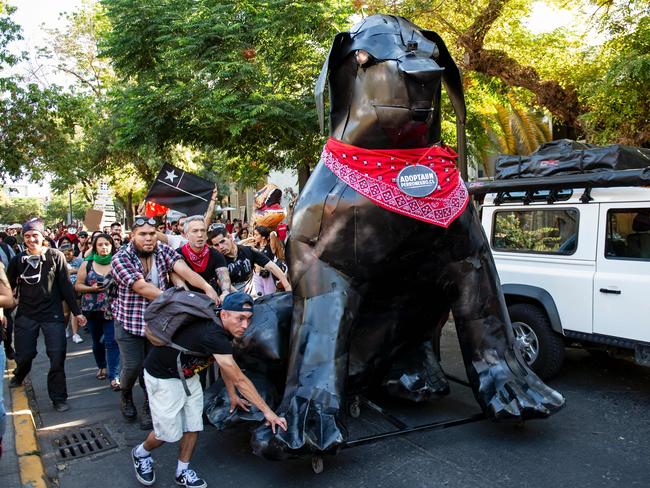
Domestic terrorism has been carried out by anarchist groups in Santiago.
Common infectious diseases include hepatitis, typhoid, influenza and rabies. Drink only boiled or bottled water. Avoid raw or undercooked food. If you’re bitten or scratched by an animal, get medical help straight away.
Brazil
DFAT has told travellers to Brazil to exercise a high degree of caution. Travelsafe-abroad.com gives Brazil 52/100 for safety for travellers.
Violent crime, often using weapons, is common, especially in large cities. Travellers are targeted, especially before and during festivals such as Carnaval.
Common crimes include mugging, armed robbery, carjacking, home invasion, food and drink spiking, sexual assault and kidnapping.
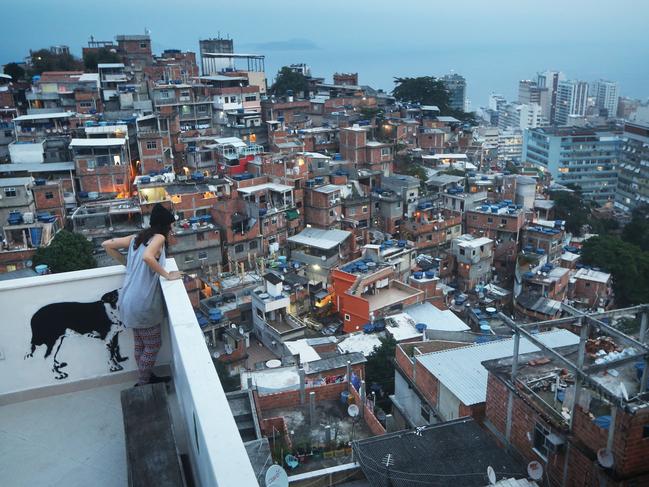
In Rio de Janeiro, hot spots for robbery include Copacabana Beach, Ipanema Beach, the Santa Teresa area, the Christ the Redeemer statue and the Corcovado Trail.
Brazil’s beaches also pose threats to tourists, with many beaches, including in Rio de Janeiro and Fortaleza, have strong, dangerous rips. Shark attacks are possible, especially at many northeastern beaches. Crime is a risk at many beaches.
Insect-borne diseases are a serious risk in Brazil, where there has been a yellow fever outbreak. Yellow fever is a potentially fatal virus spread by mosquitoes. It’s prevented by vaccination.
Colombia
Travellers to Colombia are urged to exercise a high degree of caution. Travelsafe-abroad.com gives Colombia 42/100 for being a safe place to visit.
Demonstrations continue across the country. Avoid protests and large gatherings, as they can turn violent. Expect traffic and transport disruptions in major cities.
DFAT has warned Australians not to travel to areas within 20km of Venezuela and Ecuador, except the Pan American Highway crossing at Ipiales or to the cities of Buenaventura and Tumaco.
Violent crime and gang activity is common. Criminals may pose as police officers or spike drinks and food. Don’t travel alone or at night. Don’t accept food or drink from strangers.
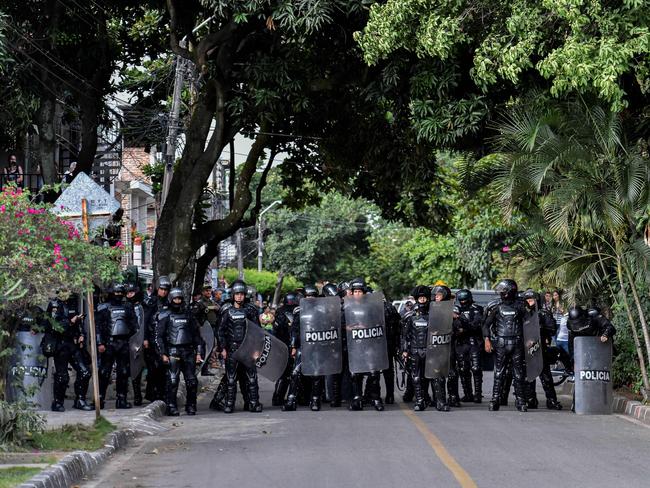
Drug-related crime, terrorism and civil unrest make some areas very dangerous. These include the regions within 20km of the Venezuelan and Ecuadorean borders, and the cities of Buenaventura and Tumaco. Avoid these areas.
There’s a high risk of terrorism. Groups often target government infrastructure and Western companies. Be alert to possible threats. Follow official advice.
Colombia has one of the highest rates of kidnappings in the world. If you’re travelling to an area with a high risk of kidnapping, seek professional security advice.
Hikers are sometimes robbed at gunpoint. Hire a reputable, experienced guide. Petty crime, such as theft, occurs in tourist areas.
Peru
People travelling to Peru are told to exercise a high degree of caution (level 2) due to the high risk of violent crime. Peru scores 50/100 for travel safety from travelsafe-abroad.com.
Violent crime is common, particularly in Lima, Cusco and Arequipa. Don’t go out alone, especially at night. Thieves are often well-dressed.

Travellers using unlicensed taxis have been victims of robbery, assault and rape. Don’t hail taxis from the street. Criminals target cars stopped at traffic lights. Keep your doors and windows locked, even when moving.
Robberies and assaults occur on intercity buses. Avoid placing personal belongings on overhead racks or under your seat. Use only reputable bus companies.
Tourism based on the psychedelic tea ayahuasca is a growing industry. Serious assaults and robbery occur. DFAT says to thoroughly research ayahuasca tour operators before you book.
Machu Picchu
If you are one of the thousands of Australians who will visit Machu Picchu in 2020, Choice says the best time of year to make the trip is between May and October, while the trail is closed in February for maintenance. Choice warns that altitude sickness can be deadly and says the best ways to prevent it include:
* Travel slowly and take two to three days to become accustomed to high altitudes
* Take a rest day every few days
* Drink lots of water and avoid alcohol, cigarettes and sleeping tablets
* Eat a high calorie diet, but avoid heavy foods
* Taking the medication acetazolamide, may help ameliorate altitude sickness symptoms, a couple of days before reaching high altitudes
* Locals believe drinking coca tea can relieve altitude sickness and help travellers acclimatise, according to the US Center for Disease Control (CDC), there’s no evidence it works.
Originally published as Dangerous hot spots for Aussie tourists

